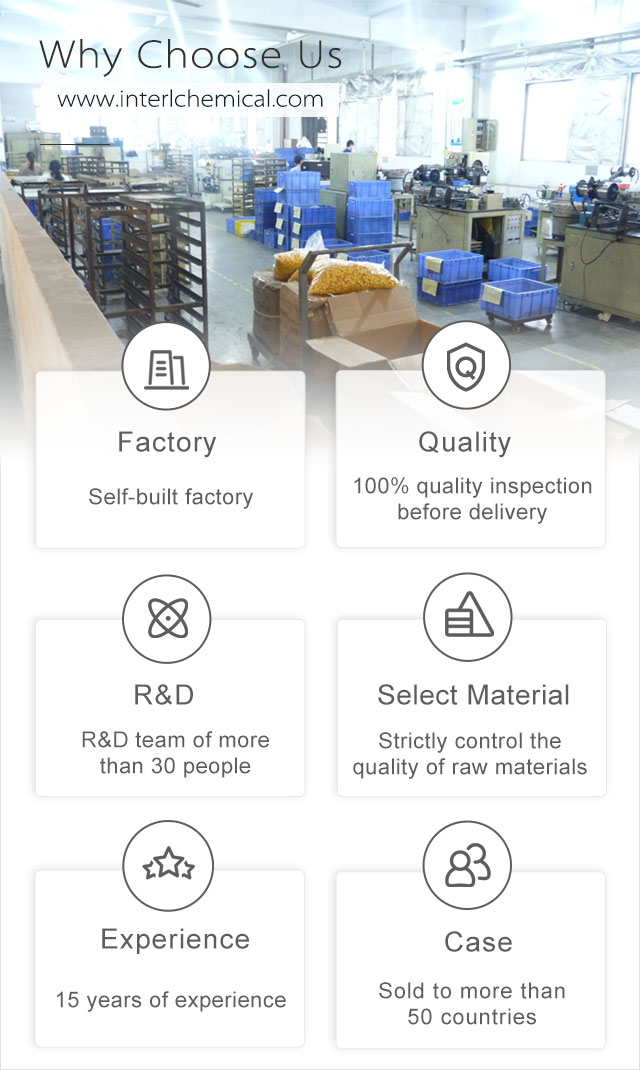

Related Attributes
Product details
>Click here to get more information
Lactic acid liquid colorless or yellowish clear syrupy liquid without odor or slight acidity. With water, ethanol, glycerin, acetone can be arbitrarily mixed, insoluble in chloroform and carbon disulfide. Has a strong moisture absorption, can be volatilized with superheated water vapor, atmospheric distillation is decomposed. Lactic acid is an important lactic acid with specific astringent sour taste. It also has a strong bactericidal effect. It can be used in lactic acid drinks, refreshing drinks, pastries, pickles and so on. Lactic acid can make foods slightly acidic without overkilling the natural flavor of fruits and steamed dishes. Therefore, it is widely used in canned foods such as tomatoes, olives, pickles and cabbage.
In medicine, sodium lactate is used to prevent and treat acidosis. Iron lactate, calcium lactate, etc. are raw materials for the pharmaceutical industry. Ethyl lactate is a fragrance. Butyl lactate is a good additive for paint and an important raw material for plasticizers and improvers in the plastics industry. It is used as a rust remover in the electroplating industry.
Applications/Functions of Lactic acid liquid

Physicochemical Property of Lactic acid liquid
Lactic acid is a colorless liquid, and industrial products are colorless to light yellow liquid. Odorless and hygroscopic. It can be miscible with water, ethanol and glycerol, insoluble in chloroform, carbon disulfide and petroleum ether.

Production method of Lactic acid liquid
There are two methods for the synthesis of lactic acid: acetaldehyde method and propylene method. The lactic acid obtained is DL-lactic acid.
(1) Acetaldehyde method. Acetaldehyde and hydrocyanic acid are used as raw materials to react to generate lactonitrile, which is hydrolyzed to obtain crude lactic acid. The crude lactic acid is hydrolyzed with ethanol to obtain lactic acid: acetaldehyde and cold hydrocyanic acid are continuously fed into the reactor to generate lactonitrile, which is then pumped into the hydrolysis kettle, and water and sulfuric acid are added to catalytically hydrolyze to obtain lactic acid; ethanol is added for esterification and distillation to separate ethyl lactate; finally, it is fed into a concentration tank for heating and decomposition to obtain refined lactic acid.
(2) Acrylonitrile method. Acrylonitrile is hydrolyzed to obtain crude lactic acid, which is then hydrolyzed with methanol to obtain lactic acid: acrylonitrile is fed into the reactor and hydrolyzed under the catalysis of sulfuric acid to obtain a mixture of lactic acid and ammonium bisulfate. The mixture enters the esterification reactor for esterification with methanol to separate dilute lactic acid with ammonium bisulfate. Finally, the product is obtained by vacuum concentration.
Why choose us?

HRK Factory

About Shipping

Pharmaceutical Intermediate manufacturers
©2023 Xi'an Henrikang Biotech Co., Ltd.,